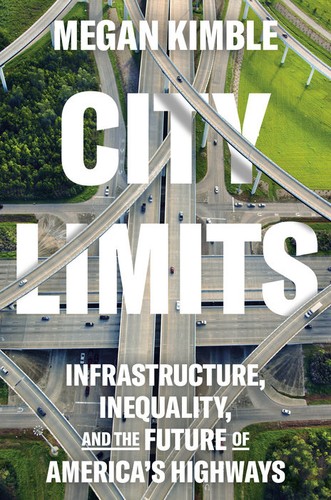CowsLookLikeMaps quoted City Limits by Megan Kimble
Downs's Law of Peak-Hour Traffic Congestion stated, "On urban commuter expressways, peak-hour traffic congestion rises to meet maximum capacity." Just as demand for goods fluctuated, demand for travel was not static. When presented with a wide-open expressway, commuters would flock to that expressway, eschewing other forms of travel. Offered this new ease of access, they might decide to move farther from their job or school, extending their commute, or take trips that might previously have been too costly, in time or money. Demand increases, outstripping the newly created supply. "We thus arrive at the paradoxical conclusion that the opening of an expressway could conceivably cause traffic congestion to become worse instead of better, and automobile commuting times to rise instead of fall!"
Researcher after researcher would replicate these findings: More lanes meant more traffic. Between 1993 and 2017, the hundred largest urbanized areas in the United States spent more than $500 billion adding new freeways or expanding existing ones. In those same cities, congestion increased by 144 percent, significantly outpacing population growth.
— City Limits by Megan Kimble (Page 16)

